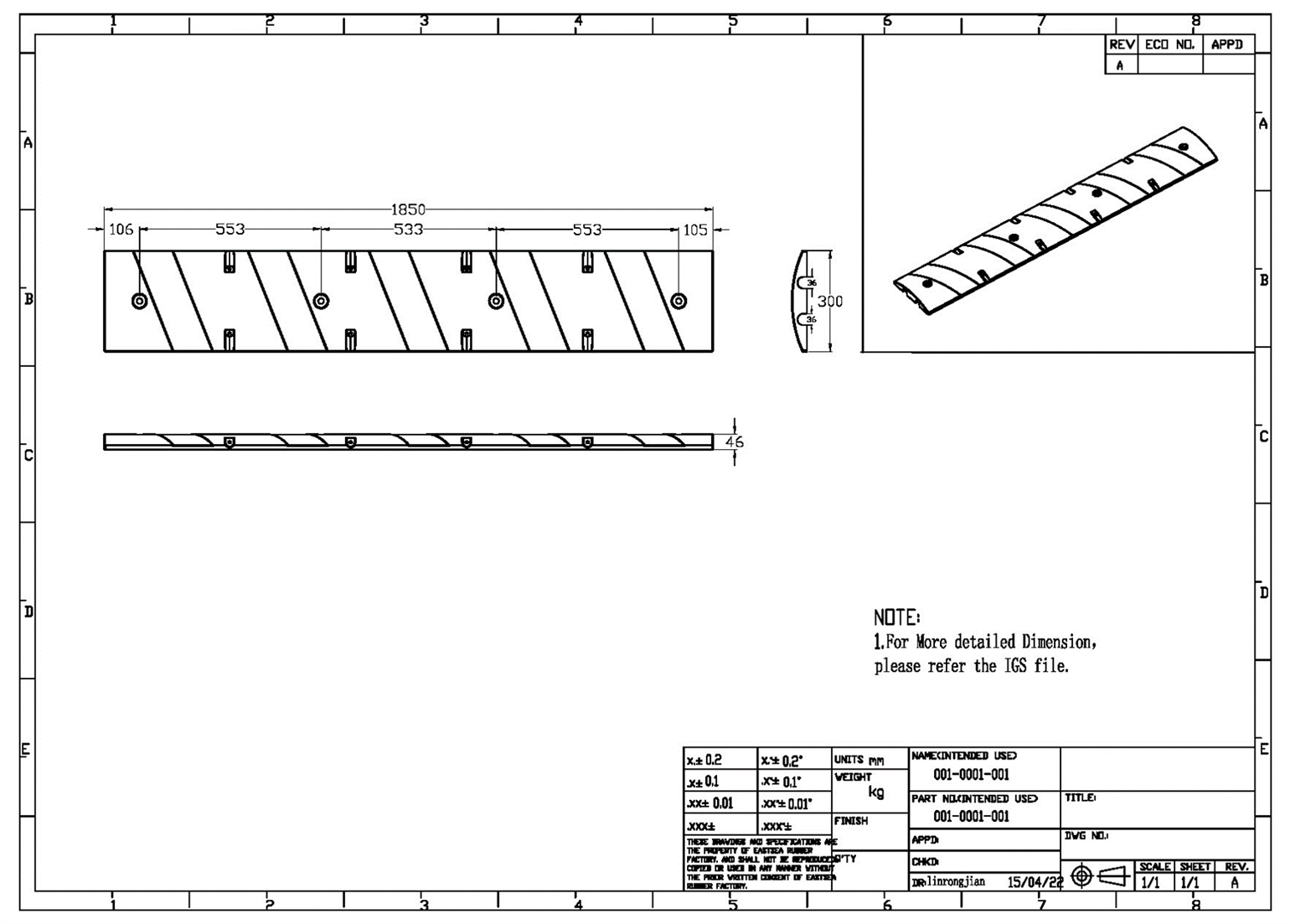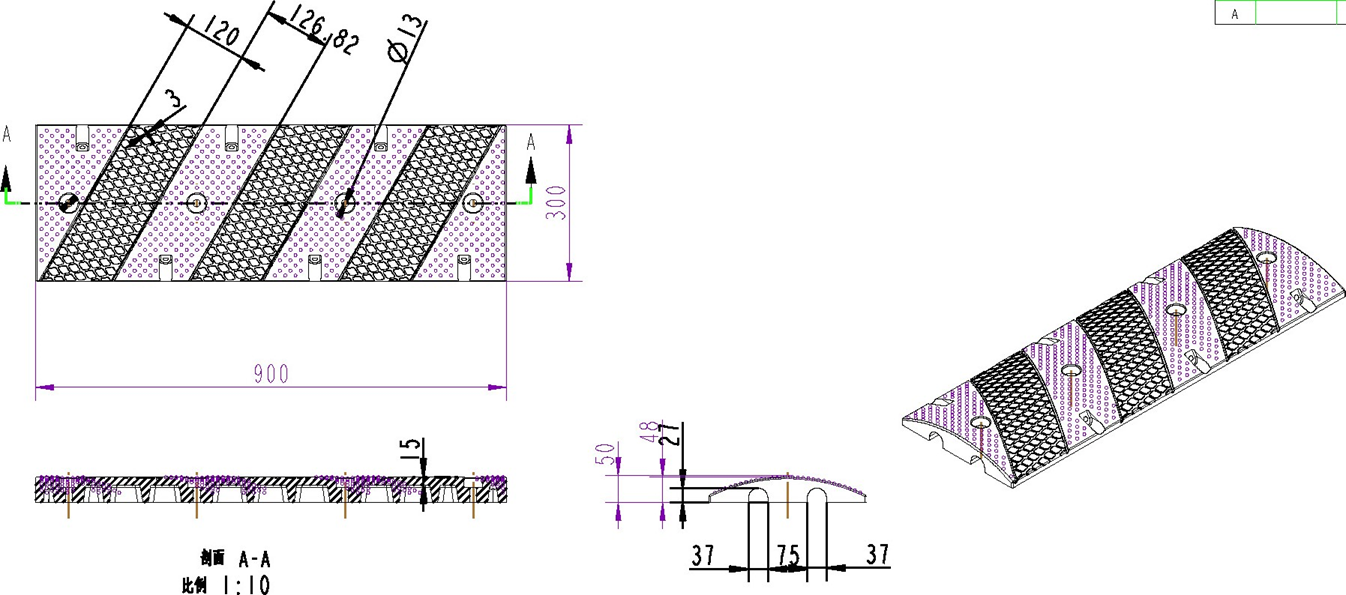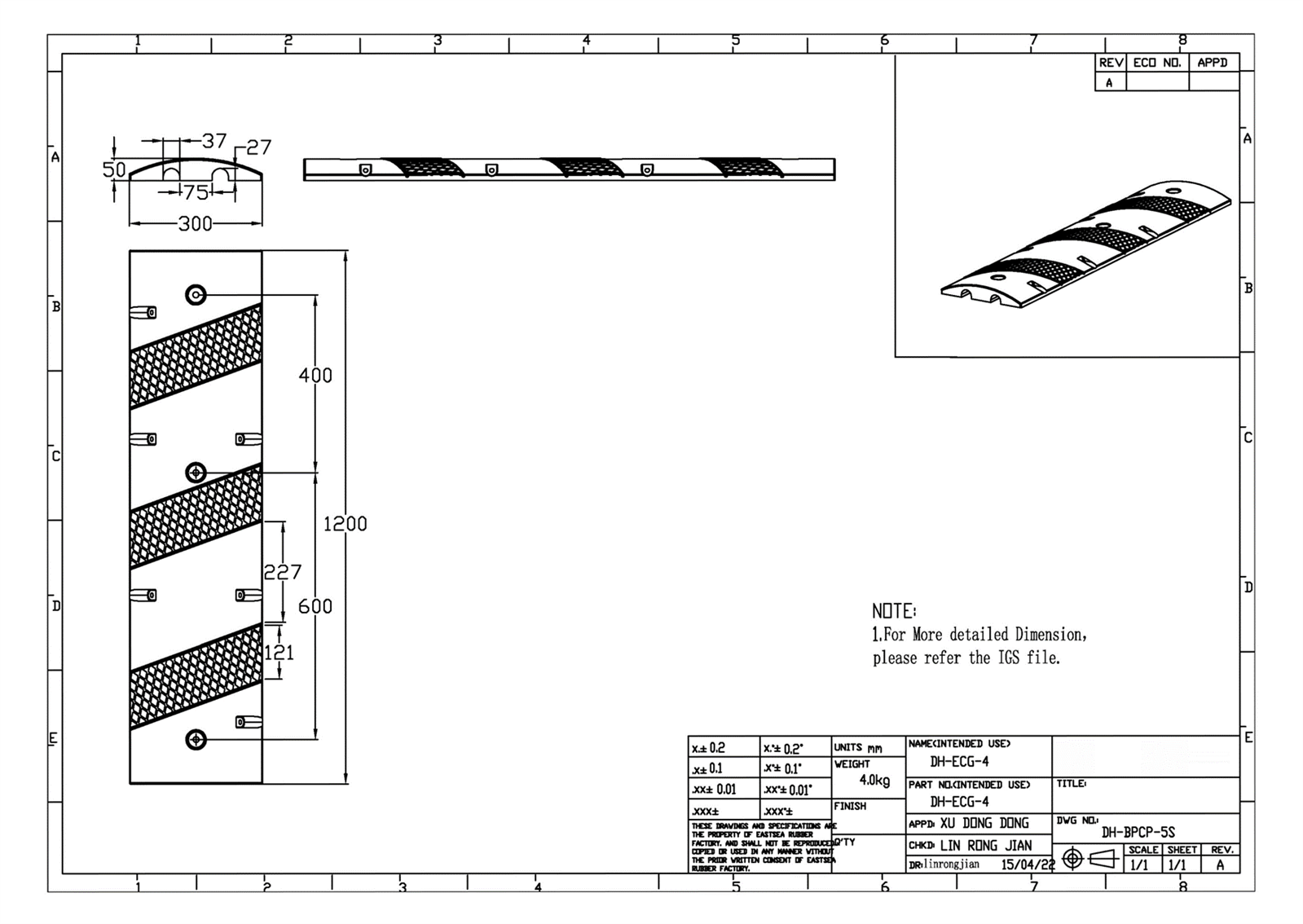I'm working on a project that will have a few 7kW single phase EV chargers fed from a three phase system.
The chargers will be located in the car park in the basement of the building. The chargers have built-in type B RCDs.
I was hoping someone might be able to provide some guidance in relation to the earthing arrangement.
Strictly speaking, the chargers are "indoors" and within the equipotential zone. But since the installation is in the basement, would it be best to treat it as an outdoor installation and allow for installing separate earth rods? Or will this be problematic with any potential metalwork in the ground?




